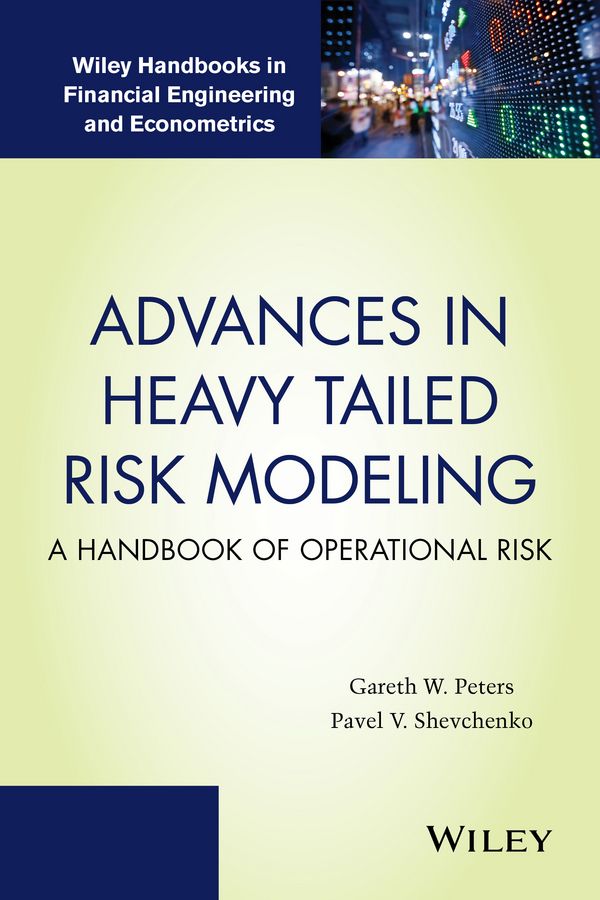<p><b>A cutting-edge guide for the theories, applications, and statistical methodologies essential to heavy tailed risk modeling</b></p> <p>Focusing on the quantitative aspects of heavy tailed loss processes in operational risk and relevant insurance analytics, <i>Advances in Heavy Tailed Risk Modeling: A Handbook of Operational Risk </i>presents comprehensive coverage of the latest research on the theories and applications in risk measurement and modeling techniques. Featuring a unique balance of mathematical and statistical perspectives, the handbook begins by introducing the motivation for heavy tailed risk processes in high consequence low frequency loss modeling.</p> With a companion, <i>Fundamental Aspects of Operational Risk and Insurance Analytics: A Handbook of Operational Risk</i>, the book provides a complete framework for all aspects of operational risk management and includes:<br /> <ul> <li>Clear coverage on advanced topics such as splice loss models, extreme value theory, heavy tailed closed form loss distributional approach models, flexible heavy tailed risk models, risk measures, and higher order asymptotic approximations of risk measures for capital estimation</li> <li>An exploration of the characterization and estimation of risk and insurance modelling, which includes sub-exponential models, alpha-stable models, and tempered alpha stable models</li> <li>An extended discussion of the core concepts of risk measurement and capital estimation as well as the details on numerical approaches to evaluation of heavy tailed loss process model capital estimates</li> <li>Numerous detailed examples of real-world methods and practices of operational risk modeling used by both financial and non-financial institutions</li> </ul> <p><i>Advances in Heavy Tailed Risk Modeling: A Handbook of Operational Risk </i>is an excellent reference for risk management practitioners, quantitative analysts, financial engineers, and risk managers. The book is also a useful handbook for graduate-level courses on heavy tailed processes, advanced risk management, and actuarial science.</p>
Economics, Finance and accounting, Mathematics, Mechanical engineering and materials
Advances in Heavy Tailed Risk Modeling
₹11,751.00
A Handbook of Operational Risk
This book is currently not in stock. You are pre-ordering this book.

